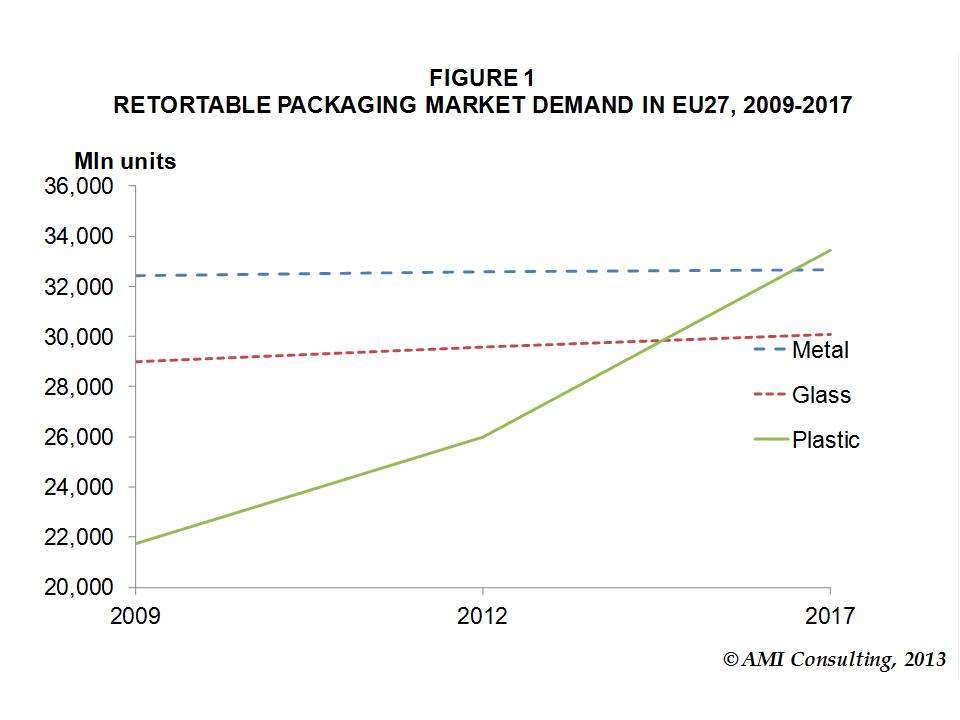The U.S Minerals Management Service has cut its forecast for Gulf of Mexico oil output over the next 10 years by 300,000 barrels per day (bpd) to between 1.6 million and 1.9 million bpd, the agency that regulates offshore oil development said on Monday.
In an annual update of its 10-year production forecast, MMS also said natural gas production will resume its long-term decline after an uptick to more than 7 billion cubic feet per day this year.
Technical and geological challenges of offshore development, particularly in deeper water, have slowed some projects, contributing to the ratcheting back of the forecast, officials said.
They said the economic recession and resultant decline in oil and gas prices have not yet affected offshore projects, which tend to have long lead times. But that could change, officials said.
“We could start seeing deepwater exploration and development affected if it’s a long downturn,” said Lars Herbst, MMS Gulf region director.
Hurricanes Gustav and Ike in 2008 interrupted production, but they did not affect long-term offshore production trends, the report said.
The range of forecast from 1.6 million to 1.9 million bpd by 2018 reflects the difference between companies’ firm production commitments and projected potential of discovered and undiscovered resources, the MMS report said.
Last year’s forecast estimated oil production could climb to between 1.9 million and more than 2.2 million bpd between 2008 and 2017. Oil output in the Gulf was more than 1.3 million bpd before Hurricane Ike hit in 2008.
Natural gas output has been declining since peaking at more than 14 bcfd in 1997. Start-up of Independence Hub boosted output past 7 bcfd in 2008 before Hurricanes Gustav and Ike raked Gulf of Mexico oil and gas fields.
The projected 2009 uptick in natural gas output reflects production from wells scheduled to come on line as well as the restart of wells shut due to the 2008 hurricanes, the report said.
Future increases depend on the successful development of undiscovered resources in the Gulf, MMS said in a news release.
At recent peak production levels, the Gulf has accounted for 25 percent of U.S. domestic oil production and 15 percent of U.S. domestic gas output.
Source: news.chemnet.com







